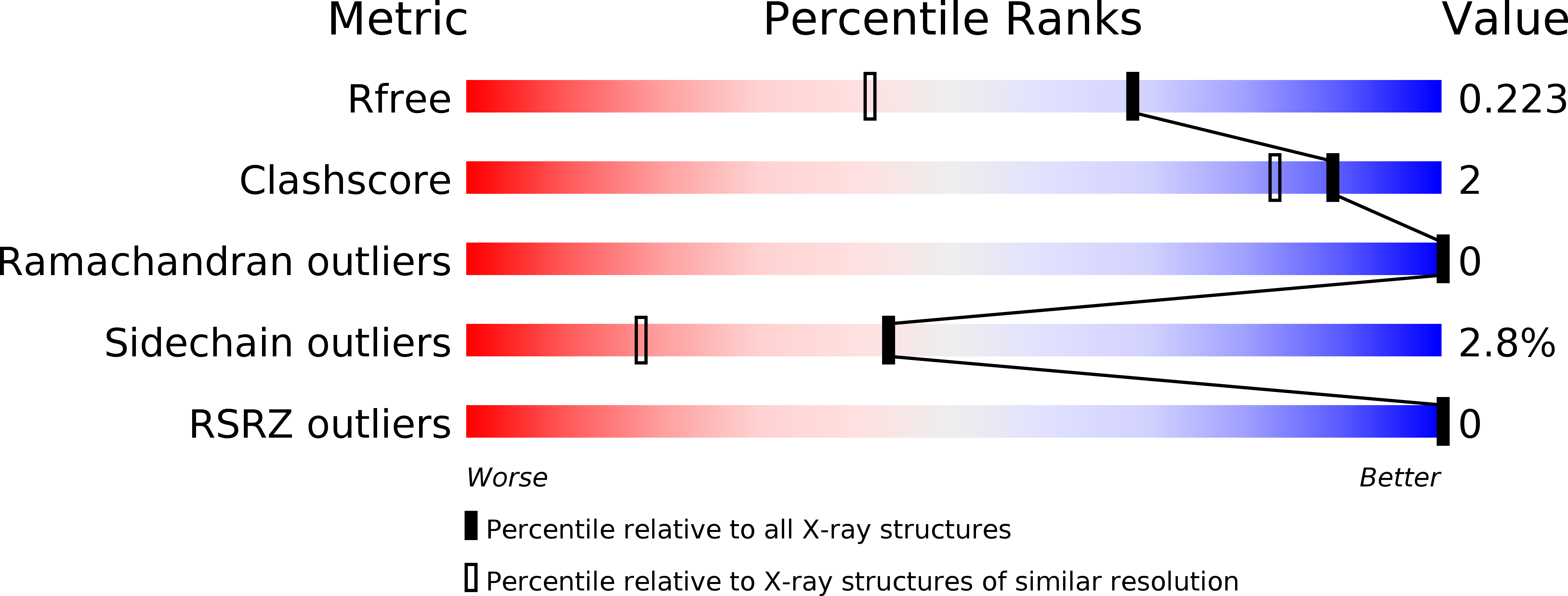
Deposition Date
2017-10-09
Release Date
2017-10-18
Last Version Date
2023-10-04
Entry Detail
PDB ID:
6B8R
Keywords:
Title:
Crystal structure of Staphylococcal nuclease variant Delta+PHS V23K/L36Q at cryogenic temperature
Biological Source:
Source Organism:
Staphylococcus aureus (Taxon ID: 1280)
Host Organism:
Method Details:
Experimental Method:
Resolution:
1.65 Å
R-Value Free:
0.21
R-Value Work:
0.18
R-Value Observed:
0.18
Space Group:
P 1 21 1


